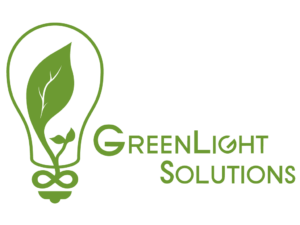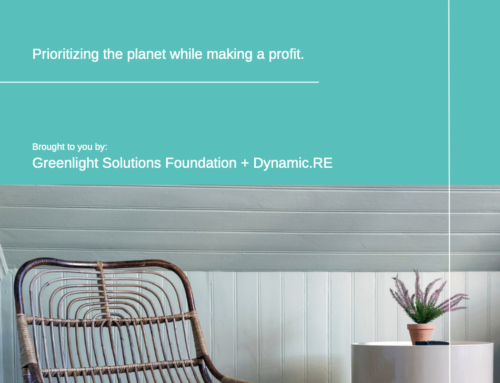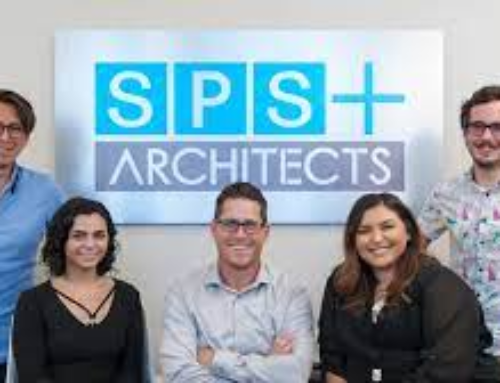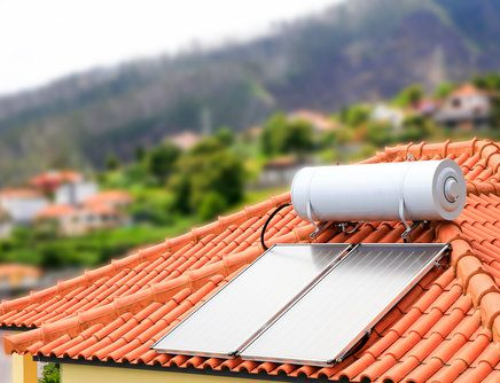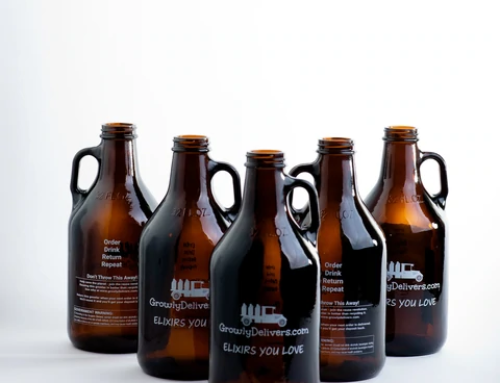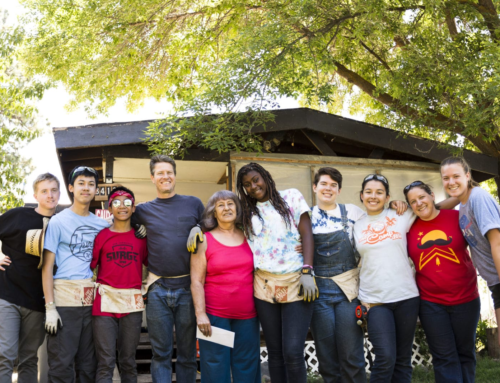Educating High School Students About the Circular Economy
With an increasing amount of waste being produced and put into landfills, it is necessary to live more sustainably in our everyday lives and to shift to a more circular economy. The Circular Classroom Team aims to encourage and inspire the next generation of students to be eco-friendly by engaging with them to make the concept of circular economics interesting.
In partnership with a Barrett Thesis Team, the Circular Classroom Team successfully presented to different economics classes at Skyline High School in Mesa, AZ. The Barrett Thesis Team was composed of three students: Monet Tam, Renuka Chakravarti, and Jared Byrne. They were tasked with innovating ways to increase recycling rates and integrate sustainable practices. After completing some preliminary research, they found that most ASU students had access to recycling bins and resources – some even had access to composting resources. Despite the students having access to composting and recycling, the Barrett Thesis Team identified a knowledge gap that limited students’ ability to properly execute these practices. In response to this revelation, the team created Circulearning – an educational program that aims to bridge the gap of knowledge and address immediate concerns regarding circular economy topics. Circulearning engages audiences through the short, accessible educational modules and teaches them about circular economic practices. The Circulearning team aims to inspire everyone to implement these practices into their own lives.
In addition to connecting with the Barrett Thesis Team, the Circular Classroom team was also able to partner with economics teacher- Nicholas Carmichael- at Skyline High School. The Circular Classroom team was composed of four students: Saigayatri Daria, Kevin Messner, Kathleen Carr-Taylor, and Julianna Jara. Using these partnerships, the group created an interactive presentation and follow-up activity for Mr. Carmichael’s students. The presentation highlighted the difference between linear and circular economies and why it is important to transition to the latter. The presentation also focused on the problematic linear waste stream of many plastics and the subsequent impact on the environment. Finally, the presentation also looked at solutions that some companies are already using to address these problems. To increases engagement, the team designed the presentation with many interactive elements such as a Worle word cloudy activity, discussion questions, and an interactive group discussion game called Suhupu. The presentation is accompanied by a short follow-up worksheet which includes prompts for students to complete more in-depth research about companies that are implementing a range of sustainable solutions and are encouraging their consumers to do the same.
Through this partnership with the Circulearning Barrett Thesis Team and Mr. Carmichael, the Circular Classroom team was able to educate students about some of the lesser-known details regarding the production and disposal of plastics and the impact that plastic has on the environment. They introduced the concept of a circular economy and showed how a circular economy differs from the traditional wast-generating linear economy. They finished by showcasing the sustainable practices companies are introducing and opened up the floor for discussion and reflection. The team hopes that they inspired students to live more sustainably. They themselves believed the experience to be an excellent opportunity to impact the local community, and they hope to continue to do so in future years.
To find out more about the work we did with Circular Classroom in the Fall of 2020, check out our project portfolio here.

Thank you for reading our blog! Leave a comment & share on social media.
➡ Get involved: Businesses | Students | Professionals | Colleges | Volunteer
➡ Support our sustainability initiatives: Donate Now | Give Monthly | Sponsor
➡ Follow us on social media: Facebook | LinkedIn | Instagram | Twitter
